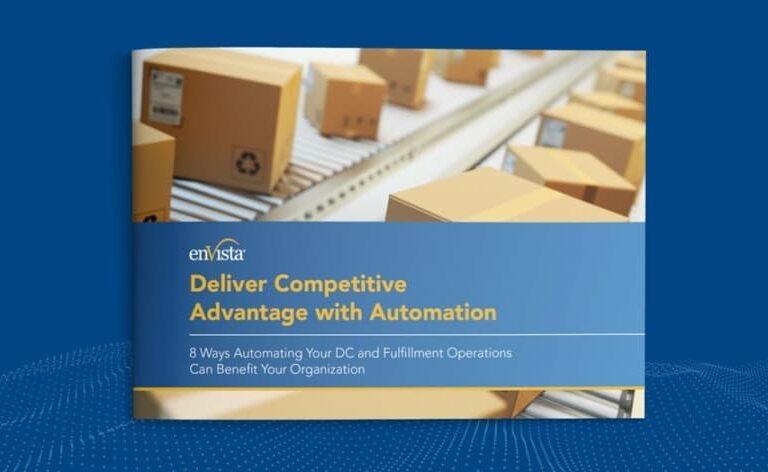Consumer demands are constantly evolving, and expectations are higher than ever, making staying ahead of the curve in supply chain management crucial for business success. As businesses strive to meet these challenges head-on, the integration of technology, automation and strategic planning becomes paramount. To unlock supply chain efficiencies through complete automation and fulfillment strategies, there are three main areas to focus on: right-sizing inventory, optimizing warehouse networks and aligning digital strategies for seamless operations.
Right-sizing Inventory: Balancing Service with Distribution Networks
The first step towards achieving supply chain efficiency lies in effectively managing inventory. With consumer preferences shifting rapidly and demand volatility becoming the norm, it’s essential to strike the right balance between maintaining optimal inventory levels and minimizing excess stock. This involves leveraging advanced forecasting techniques, real-time demand sensing and data analytics to accurately predict consumer demand patterns.
Furthermore, businesses must adopt a demand-driven approach to inventory management, where inventory levels are aligned with actual customer demand rather than forecasted estimates. By embracing dynamic replenishment strategies and collaborative inventory planning with suppliers, organizations can reduce stockouts, minimize carrying costs and enhance overall supply chain agility.
Optimizing Warehouse Networks: Integrating Inventory Strategies with Distribution Centers
The next critical aspect of supply chain efficiency revolves around optimizing warehouse networks to support seamless order fulfillment. This entails strategically locating distribution centers (DCs) in proximity to key markets, suppliers and transportation hubs to minimize transit times and logistics costs. By analyzing factors such as order volume, SKU velocity and customer demographics, businesses can design a network of DCs that ensures timely delivery and superior customer service.
Additionally, the integration of inventory strategies with DC locations and sizes is essential for streamlining operations and maximizing inventory turnover. This may involve implementing automated storage and retrieval systems (AS/RS), utilizing multi-echelon inventory optimization (MEIO) techniques and leveraging warehouse management systems (WMS) for real-time inventory visibility and control.
Aligning Digital Strategies for Seamless Operations
Finally, achieving end-to-end supply chain efficiency requires a cohesive integration of digital technologies and automation solutions across the entire value chain. From order management and procurement to production planning and last-mile delivery, every aspect of the supply chain can benefit from digitization and process automation.
By leveraging advanced analytics, artificial intelligence and machine learning algorithms, businesses can gain actionable insights into supply chain performance, identify optimization opportunities and proactively mitigate risks. Moreover, the adoption of cloud-based platforms and collaborative supply chain networks enables seamless data sharing and collaboration among stakeholders, leading to greater visibility, transparency and responsiveness.
Furthermore, aligning digital strategies with automation initiatives allows organizations to streamline repetitive tasks, reduce manual errors and improve operational efficiency. Whether it’s implementing robotic process automation (RPA) in order processing, deploying autonomous mobile robots (AMRs) in warehouse operations, or leveraging predictive maintenance solutions for equipment upkeep, automation holds the key to unlocking new levels of productivity and agility in the supply chain.
The journey towards achieving end-to-end supply chain efficiency requires a holistic approach that encompasses inventory optimization, warehouse network design and digital transformation. By embracing complete automation and fulfillment strategies, businesses can enhance operational resilience, adaptability and competitiveness.
Want to learn more? Join Paul Baris, Vice President, Planning from enVista at MODEX. His session, entitled “Unlocking End-to-End Supply Chain Efficiencies: Complete Automation and Fulfillment Strategies for Seamless Operations” will take place Tuesday, March 12 from 10:30 to 11:15 a.m. in the Transportation and Logistics Theater. Schedule a meeting to meet with an enVista expert at booth #C7279!






